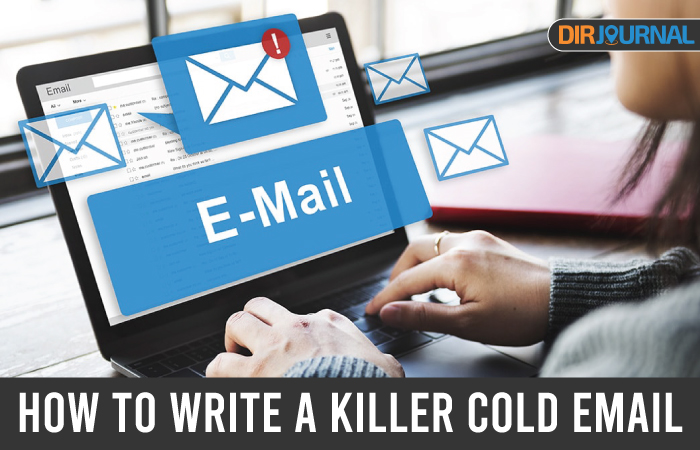Whether you’re a new college graduate hunting for jobs, a writer looking to get published, or an entrepreneur seeking to promote his startup, you won’t get around cold emailing: sending emails to people you’ve had no prior contact with.
Reaching out to someone via cold emailing has tremendous potential for success. But it’s also a delicate business – from finding your recipient’s email address to choosing the right subject line. And there are plenty of mistakes to make along the way.
Here’s a guide to help you avoid common cold emailing pitfalls, get your content right, and capture attention.
Tailor your message.
Once you’ve found someone you’d like to contact, the first order of business is to find out everything you can about them.
Look for profiles on company websites, LinkedIn and other social media. Articles by them or talks they’ve given are also great places to start.
But dig deeper than the first page of Google result – you’ll have to establish a connection.
If they’ve never heard of you before, the first thing they’ll want to know is how you got their details.
So start by telling your recipient how you came across them, and why you are writing to them specifically.
Tailoring your message to the recipient this way also shows them that you put effort into doing research instead of sending out a generic blast to dozens of people. According to a study in the Harvard Business Review, this alone makes it more likely they’ll hear you out.
Present yourself properly.
Once you’ve let your recipient know how you found them and why you’re writing to them specifically, introduce yourself concisely.
There’s no point in rambling on about your qualifications, your projects, or your business.
Instead, take the time to summarize those details about you relevant to this particular interaction. Two to three sentences usually do the trick.
Keep your message clear and actionable.
Make clear what you want from your recipient.
Beating about the bush is no good. People do appreciate politeness, but they’ll be annoyed if they have to parse a lot of waffling to get to the bottom of your email.
Stating what you hope to achieve and be clear about what you want the other person to do. Don’t get hung up on generic lines like “Let me know if you want to meet up.” Instead, formulate specific requests.
Be polite and appreciative.
You’re a stranger asking for a favor from an important and busy person.
Despite this, a staggering number of cold emails are full of phrases like “Let me know when you can get this done” while offering nothing but a “Thanks.”
Avoid this at all costs. Instead, aim to show common courtesy.
Tacking just “Thank you so much! I am really grateful” onto a request doubles the response rates of cold emails.
And giving your recipients a way out – “I totally understand if you don’t have time to…” – actually makes them more likely to help you.
All this also applies to the general form of your email. It’s better to err on the side of formality than to sound annoyingly presumptuous by, for instance, using first names. Use correct grammar and avoid colloquial language.
Go for a simple email design.
It is tempting to design a visually stunning email to wow your recipient right off the bat.
But as amazing as personalized email design and signature lines can look, anything other than plain text makes your mail more likely to end up in the spam folder.
Many email marketing platforms offer tools you can use to check how your email will display in different clients and whether it risks being flagged or firewalled.
Steer clear of templates.
It doesn’t hurt to look at a few of the templates that a simple Google search yields for inspiration or tone – especially if you’re not a native speaker. But straight-out copying is a cardinal sin.
Chances are your recipient can tell and concludes that you’re putting zero effort into this. They may even have received the exact same template before.
An email like that is headed for the bin.
Keep your subject line short and simple.
Your subject line decides whether your email is opened or ignored.
It’s crucial to invest effort to make it convincing, concise and snappy.
Email clients will typically display between 55 and 140 characters in a preview. That means your subject lines should be about seven to ten words.
Be specific about the purpose of your mail. If you have any prior connection to the person (attending the same conference or hearing one of their talks), mentioning it increases your chances of catching their attention.
Avoid ‘screaming’ your subject line in all-caps, disclaimers such as ‘URGENT’, or clickbaity phrasing.
Final Thoughts
The key to cold emailing is to see things from your recipient’s perspective. If this was you getting an email from a total stranger, what would you expect?
Establishing a connection, taking the time to personalize content, and being clear yet polite will put your email miles ahead of all the others your recipient is sure to receive.
